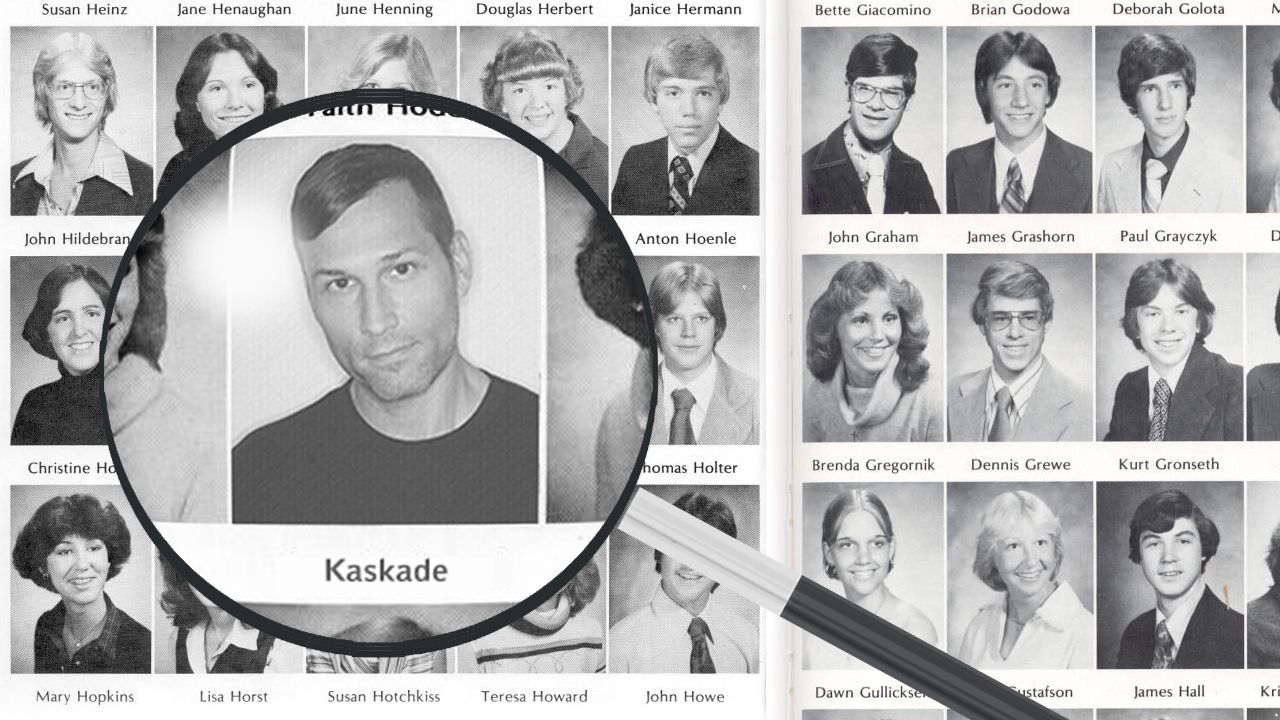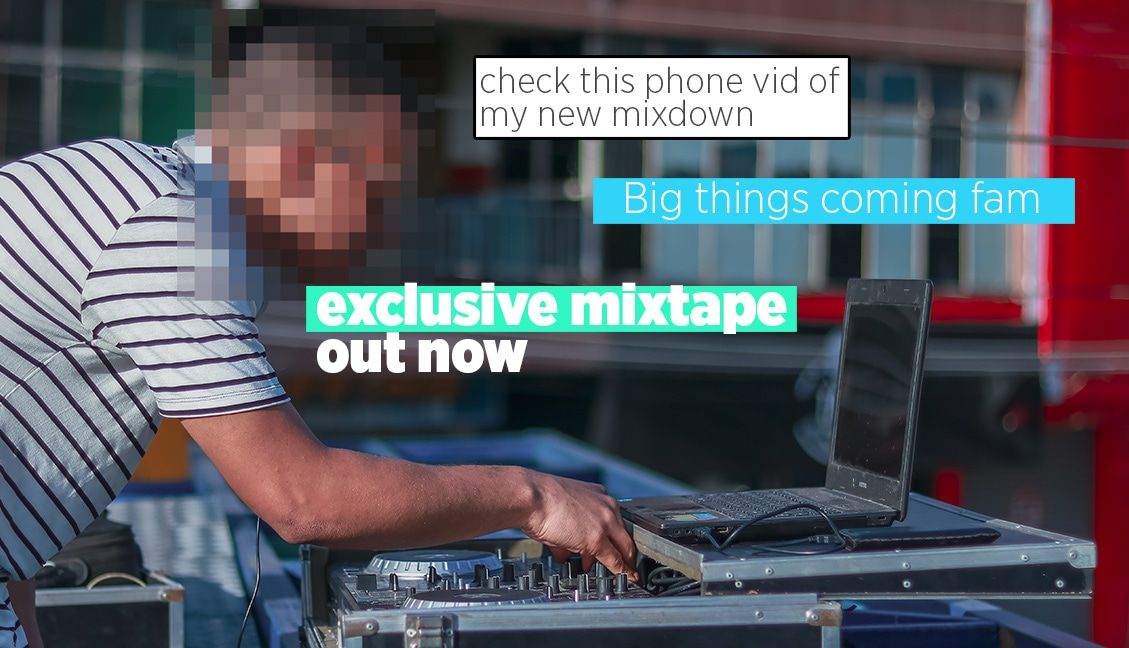For performing and producing musical artists, being interesting and unique compared to others feels like an important consideration. In today’s editorial, Fame House’s Hisham Dahud challenges every DJ, producer, and musician to stand out from the crowd by building a unique artist identity and presenting it to the world – not by comparing yourself and competing with other creators.
Editor’s Note: Hisham Dahud is the Digital Strategy Director at Fame House – which is one of the biggest digital marketing agencies for musical artists – including many DJs and producers -. This article is written from his years of experience of helping artists manage and capitalize on their digital presences.
You VS Every Musician On The Internet?
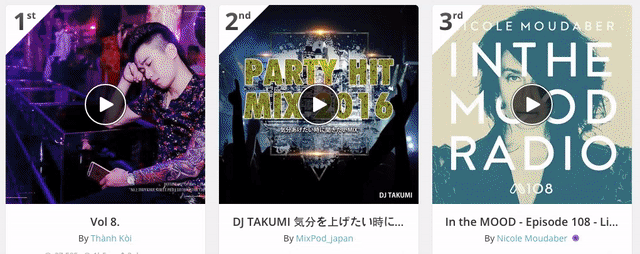
It was the best of times, it was the worst of times. Depending on who you ask, we’re living in either the most opportunistic or the most challenging era for music artists.
On one hand, the democratization of production and distribution via technology has eliminated barriers to making music, allowing many to experience it with relative ease. On the other hand, this same technology has created an immensely flooded space with every artist possessing the same digital megaphone, leaving artists continually asking themselves:
“How do I stand out above the noise?”
As both a musician and digital marketing specialist, I’m asked question this constantly – primarily from fledgling and mid-tier music artists. My response is usually the same:
“You might be asking the wrong question.”
It makes sense – artists want their audience to pay them more attention in an age when attention is more fragmented than ever (from other artists and an excess of media distractions like Netflix, Snapchat or PS4). But when you’re focused on that noise, comparing yourself to it, and finding ways to stand above it, you’re directing your creative energy on outperforming “your competition”. Perhaps I’m an idealist, but making music should be channeled in more meaningful ways.
Instead of worrying about the attention of others, I challenge you instead to focus on your own, to journey inward and discover something perhaps far more worthwhile:
1. Know Thyself

Artists – true artists with a deeply rooted belief and identity of who they are – don’t waste their time trying to figure out how to:
- get as big as Armin Van Buuren
- billed higher than Kaskade
- become as mysterious and revered as Daft Punk, etc.
True artists spend a great deal of their time creating for the sake of creating, thinking of what matters to them personally and formulating their own perspective of their world. What is then extracted is what can be identified as their unique artist identity.
It is that intangible that makes you different from anyone else, because ultimately, you are.
Music, like any art form, is an outward expression of those intangibles. You can easily enjoy playing music, writing catchy tunes, or performing a DJ set. It’s an entirely different endeavor to extract your “musical soul” and become vulnerable enough to put it on a pedestal. To me, that’s the difference between being a musician and being a music artist.
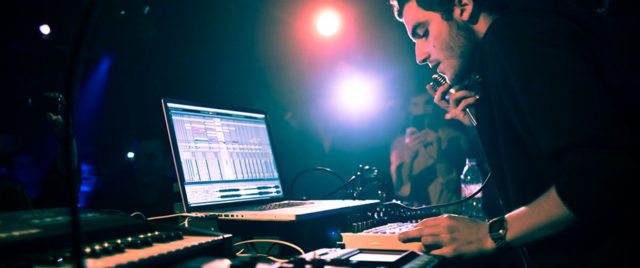
Be unapologetically authentic through the art you create and the brand you build around it and eventually it will all become bigger than you. It’ll become something people believe in, that they can latch themselves onto, and will soon enough be something they want to share.
Remember, the greatest of artists in history carved niches that represented the unique expression of their combination of talents, values and beliefs. They weren’t trying to be versions of someone else, they were only themselves.

EXAMPLE: Richie Hawtin is an artist who understands himself inwardly better than most. In fact, he sums it up in four choice words, (see the screenshot from Instagram above): Music. Sake. Technology. Experience.
In his creative output, everything he does stems from those four words. All of his projects are an outward expression of his core beliefs – both as an artist and as a person. His own sake brand, Plastikman records, ENTER. club experiences, new releases on his MINUS label – each thing he works on is connected back to these pillars of his artist identity.
2. START WITH WHY
Being a music artist is an unstable, uncertain, and high-risk endeavor that takes a serious amount of time and effort to gain any traction in. It’s rare to find artists that can say, with absolute certainty, that they’re “making a living” from their art.
Instead asking how to stand out above the noise, try asking yourself:
“Why am I doing this?”
Seriously, ask yourself and think deeply and methodically. Your answer will set the course for channeling your true artist identity. Go beyond the usual talking points (not wanting to get a “real” job, travel, fame, money) and focus on what music allows you to say that you simply cannot through words, and why you absolutely must do it.

Simon Sinek, author of “Start With Why”, sought out to discover how leaders inspire and retain loyalty from their audience. He found that they all think, act and communicate in the exact same way – an idea he calls “The Golden Circle”:
According to Sinek, every leader knows what they do, and some know how they do it, but very few know why they do it. Lots of musicians tend to communicate from the outside in (i.e. What > How > Why), but I challenge you to start thinking from the inside out.
What you do simply proves what you believe, which means that you as an artist need to create art that is an extension of what you believe as an individual. The more you hold yourself to this notion, the more people will choose to associate with you and your beliefs, and the larger (and more connected) your tribe will become.
People don’t buy in to what you do; they buy in to why you do it. The goal isn’t to connect with everyone, but to connect with people who believe what you believe.
EXAMPLE: The “why” behind DJ Shadow is that he believes in what many would consider to be the lost art of digging. He presents his compositions and DJ sets as an experience unlike anything we’ve heard before due to his diligence and commitment to continuously searching in places most would not venture.
Shadow left his mark on music forever with 1996’s iconic Endtroducing… – yet to this day, his philosophies stay at the forefront of his artistry. He’s still relevant today because his barometers for success has always been how authentically he expresses himself in each changing era (watch some of last year’s Renegades of Rhythm tour above).
His fans understand this and never judge his art as “better than [insert artist]”, but rather they appreciate the fact that what they’re hearing is uniquely Josh Davis as the result of his dedication to discovering and studying musical gems.
3. The 3 C’s Of Artist Branding
What does branding have to do with your unique artist identity? Everything. Your brand extends far beyond logos, social media, merchandise, etc. Branding is about awareness:
- awareness of yourself
- the public’s mental positioning of you
Being aware of what and who you are is key to controlling the magnetism of your brand. Here are (what I call) the 3 C’s of effective artist branding:
ONE: Clarity
Be clear about who you are, and who you are not. What’s your unique promise of value? How does this sets you apart from others?
This first step is critical: it forces you to see yourself as others do. Once you’ve made it clear what you’re all about, you’ll eventually attract and build a more targeted base that will better resonate who you are as an artist.
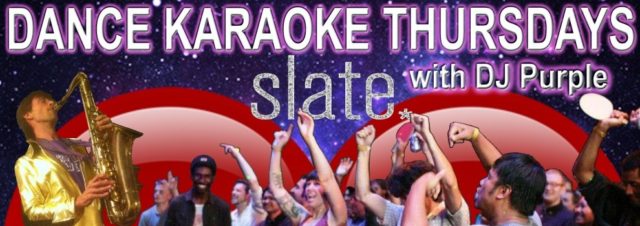
Don’t be all things to all people, especially when just starting out. Be the leader of a particular tribe based on what you believe individually, and thus express artistically. A good brand taps into emotions, and emotions drive most, if not all of our decisions.
Instead of asking how to stand out above the noise, ask yourself:
“What makes me distinctive, and how do I communicate that?”
Remember to once again be unapologetically authentic. Clarity extends to your graphic designs, social media conversations, and even the diction in which you speak to your base with.
- Are you more formal and write in proper grammar, or are you more laid back and talk as though you are texting?
- Do you care about what’s going on in politics, or choose to live in your own world?
- Do you tell all, or perhaps evoke mystery open interpretation?
Either way, choose a position and stick with it. Branding is all about trust, and if you constantly change what you’re all about, people will become confused and eventually tune out.
TWO: Consistency
Consistency is what gives the public faith in your abilities and your delivery. It creates expectations. Once you’ve taken a position, you need to stay consistent with it.

From a creative standpoint, you want to be unmistakable, as though you’re leaving your personal mark on the art you leave behind. That could be something technical like, a certain sound or plug-in that you think reflects well of you emotionally. Or it could be an emotion, or the way you structure music, etc. Be reliable in your creative expression.
From a digital standpoint, all your web properties should be aligned with one another – for instance, it should be perfectly clear to someone when they have arrived at your official page. The branding elements from your website should trickle down to all your other digital assets so that they’re all consistent in look and feel.
THREE: Constancy
Once you’ve defined who you are and what you’re all about on a consistent level, you want to ensure that you remain active in conveying this. This doesn’t mean constantly bombarding fans with promotional messaging. What it does mean is being there on a constant basis to engage and interact with your audience, but only to the degree that:
- you’re not overwhelming them
- you’re not leaving them out in the cold
- you’re spending ample time honing your craft
From a digital standpoint, your audience wants to interact with you, but they don’t want to be spammed with how great you are or why they should spend money on you. Think of your web engagements as your own reality TV show or soap opera: if the story continues with regularly scheduled programming, people will tune in. They don’t, however, want to see commercials running the entire time.
EXAMPLE: Deadmau5 is probably the most effective constantly communicating artist in the electronic music scene – with regular production livestreams (like the live studio session embedded below), chatting with fans, replying to individuals. He regularly has new things for his fans to check out, keeping his presence fresh and interesting.
Once you’ve employed these 3 C’s to your brand, you can begin positioning them – seeking out opportunities to better align yourself with people who will resonate with you (other artists, labels, fans, etc.) Building a brand takes a lot of time and effort but once you put in the work to build a good, consistent identity, it will continue to pay dividends into the future.
If you have to take away one thing from this piece, it’s the simple lesson of how you can best stand out above the noise? By choosing to ignore it.
Hisham Dahud is a guest contributor to DJ Techtools – he’s a drummer, producer and music / tech strategist based in Los Angeles. He is also the Digital Strategy Director of Fame House, helping artists manage and capitalize on their digital presences. He’s also an avid skateboarder and pro wrestling fan. Follow him on Twitter or Instagram @HishamDahud


